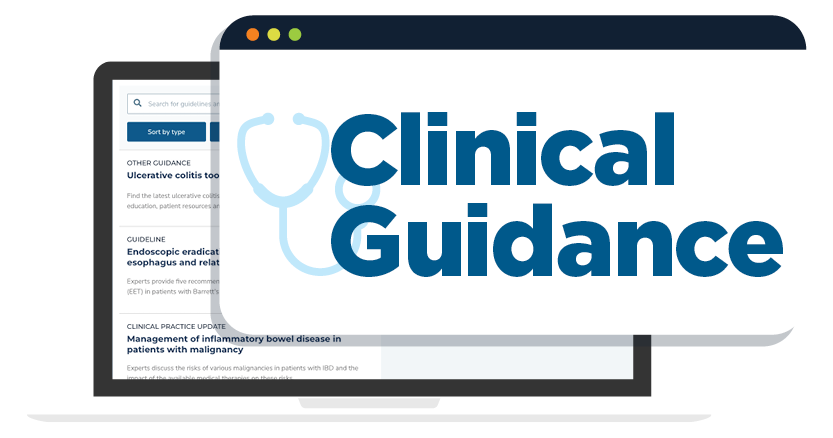1. Computed tomography (CT) should be considered to confirm the diagnosis of diverticulitis in patients without a prior imaging-confirmed diagnosis and to evaluate for potential complications in patients with severe presentations. Imaging should also be considered in those who fail to improve with therapy, are immunocompromised, or who have multiple recurrences and are contemplating prophylactic surgery in order to confirm the diagnosis and location(s) of disease.
2. Whether patients should have a colonoscopy after an episode of diverticulitis depends on the patient’s history, most recent colonoscopy, and disease severity and course. Colonoscopy is advised after an episode of complicated diverticulitis and after a first episode of uncomplicated diverticulitis, but can be deferred if a recent (within 1 year) high-quality colonoscopy was performed.
3. After an acute episode of diverticulitis, colonoscopy should be delayed by 6-8 weeks or until complete resolution of the acute symptoms, whichever is longer. Colonoscopy should be considered sooner if alarm symptoms are present.
4. In patients with a history of diverticulitis and chronic symptoms, ongoing inflammation should be excluded with both imaging and lower endoscopy. If there is no evidence of diverticulitis, visceral hypersensitivity should be considered and managed accordingly.
5. A clear liquid diet is advised during the acute phase of uncomplicated diverticulitis. Diet should advance as symptoms improve.
6. Antibiotic treatment can be used selectively, rather than routinely, in immunocompetent patients with mild uncomplicated diverticulitis.
7. Antibiotic treatment is advised in patients with uncomplicated diverticulitis who have comorbidities or are frail, who present with refractory symptoms or vomiting, or who have a C-reactive protein >140 mg/L or baseline white blood cell count > 15 × 109 cells/L. Antibiotic treatment is advised in patients with complicated diverticulitis or uncomplicated diverticulitis with a fluid collection or longer segment of inflammation on CT scan.
8. Immunocompromised patients are more likely to present with severe or complicated disease. For these patients there should be a low threshold for cross-sectional imaging, antibiotic treatment, and consultation with a colorectal surgeon.
9. To reduce the risk of recurrence, patients with a history of diverticulitis should consume a high-quality diet, achieve or maintain a normal body mass index, be routinely physically active, and not smoke. Additionally, patients with a history of diverticulitis should avoid regular use (two or more times per week) of nonsteroidal anti-inflammatory drugs except aspirin prescribed for secondary prevention of cardiovascular disease.
10. Patients should understand that approximately 50% of the risk for diverticulitis is attributable to genetic factors.
11. Patients with a history of diverticulitis should not be treated with mesalamine, probiotics or rifaximin to prevent recurrent diverticulitis.
12. Patients should be educated that complicated diverticulitis is most often the first presentation of diverticulitis. The risk of complicated diverticulitis decreases with recurrences.
13. An elective segmental resection should not be advised based on the number of diverticulitis episodes.
14. A discussion of elective segmental resection for patients with a history of diverticulitis should be personalized to consider severity of disease, patient preferences and values, as well as risks and benefits, including quality of life. Patients should understand that surgery reduces, but does not eliminate, diverticulitis risk and that chronic gastrointestinal symptoms do not always improve with surgery.











